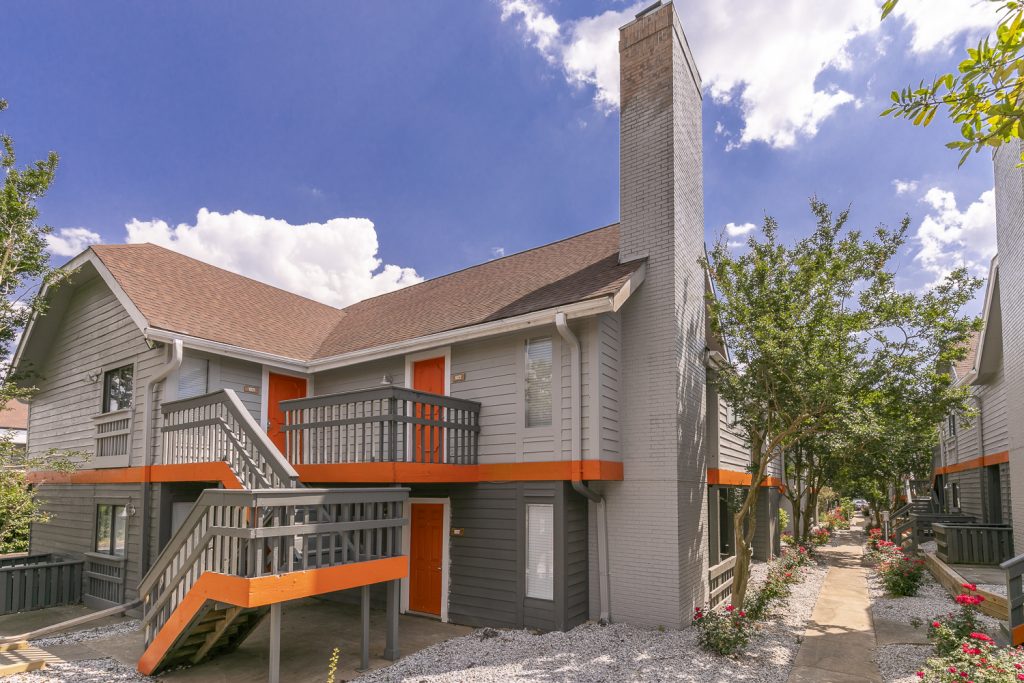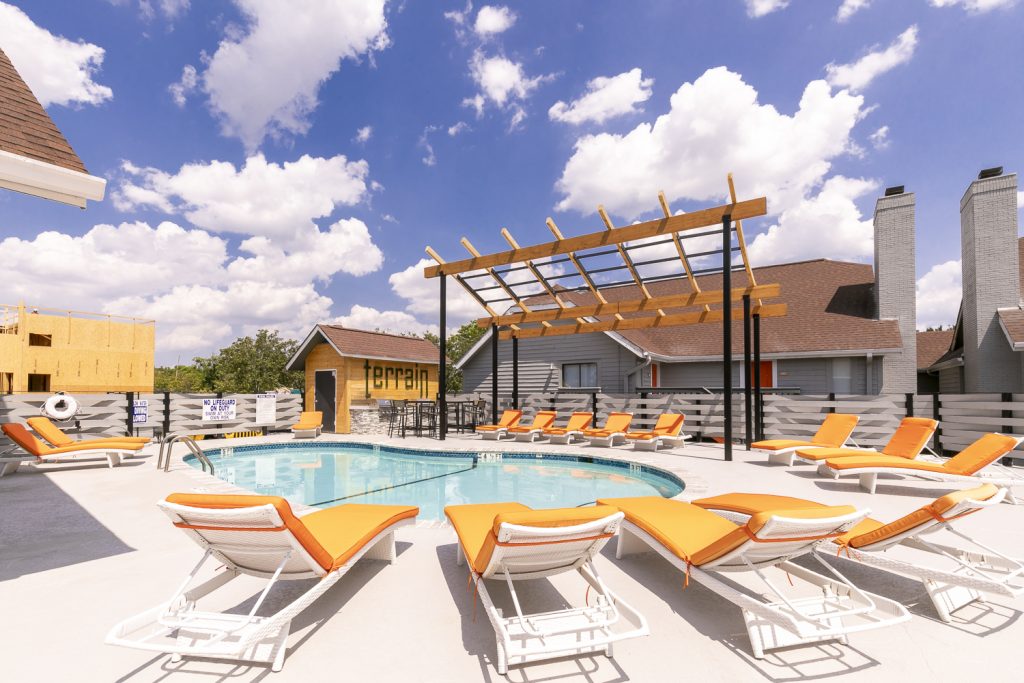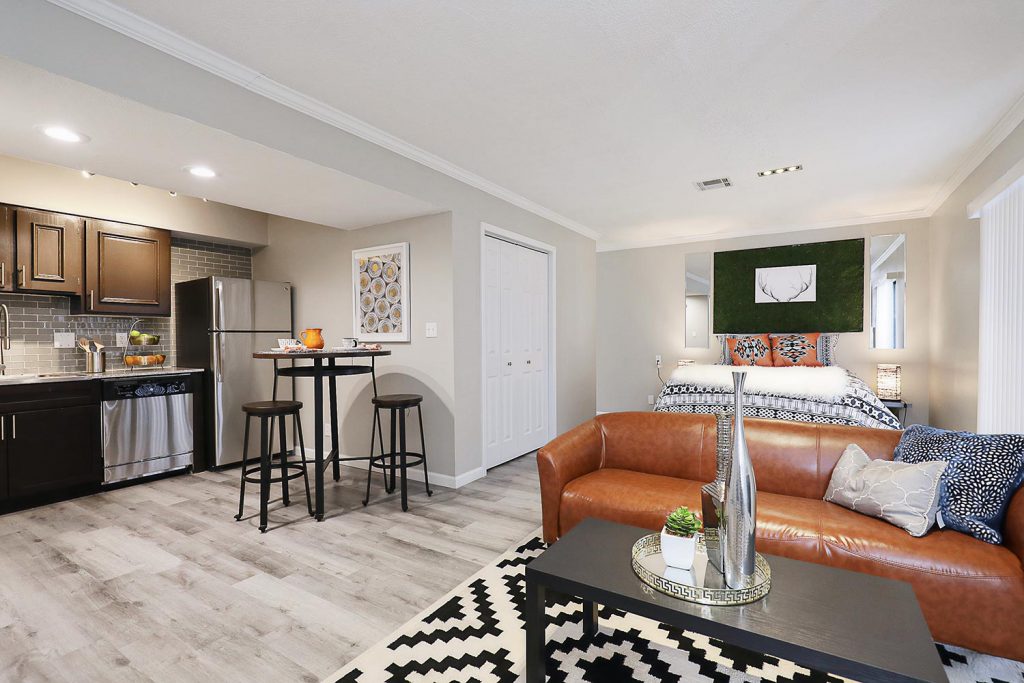At Atlas, we focus primarily on value-add workforce housing. One of the most attractive aspects of the asset class is that it’s difficult to add new supply. Capped supply + growing demand = outsized income growth and price appreciation!
But just how capped is supply of value-oriented multifamily?
In a previous post I wrote about the constraints to building middle-income housing, however, I’m beginning to reassess those constraints.
When the incentives to build are strong enough, creativity and ingenuity kicks in. Here are 3 main drivers that could lead to increased supply of workforce housing:
- Conversions: Trends accelerated by Corona are leading to distress and obsolete assets. Out of favor assets provide opportunities to acquire properties at a distressed price and convert them to a better use. Select hospitality, office, and retail all present multifamily conversion opportunities today.
- Construction/Technological Innovation: High construction costs is one of the biggest constraints to developing more workforce housing. However, innovations in construction such as prefab and robotics are leading to reduced costs and timelines.
- Standardized Predevelopment Processes: Building design and adherence to local land use building codes are a significant driver of costs. Innovative models such as ‘Apt’ (full disclosure I’m a small seed investor) and projects that utilize prototype design can bring down construction costs while condensing the development timeline.
Residential Conversion Opportunities
Converting obsolete or distressed assets to multifamily is a much-discussed opportunity today, but it’s not simple. High repositioning costs require operators to acquire assets at a significant discount, however there isn’t wide-spread distress (yet). Looking specifically at hospitality-to-housing, there are several groups that have emerged to take advantage of the opportunity (including Atlas), but very few deals have gotten done.
As Federal Aid and forbearance relief runs out, I expect to see an uptick in foreclosures and short sales of assets that are ripe for multifamily conversions. Below is an example of a former Marriott Residence Inn converted to a conventional multifamily asset.
Groups such as Vivo Living, Bridge Investments, and T2 Investments are all players in the space. Although we don’t know how big of an opportunity this may be, it has the potential to add significant new value-focused multifamily supply.
Technological Innovation
We’re beginning to see robots introduced to traditional construction sites. Canvas built a robot that is capable of drywalling, a trade typically done by skilled human workers. Built Robotics is designing automated diggers, dozers, and equipment taking over tasks such as welding, drilling, and bricklaying.
It’s early days for robots in construction, but as technology advances (and construction costs soar) more aspects of the construction process will be handled by robots. Job sites will become less wasteful, projects will become cheaper, and timeline will condense.
Project Efficiencies
New innovative housing models such as Apt promise to make small-scale multifamily development affordable by standardizing the pre-development and construction process. Similarly, conventional multifamily developers are utilizing prototype design that allows for speed to market though a streamlined design process.
Apt is particularly interesting. They’re rethinking every aspect of the development process and standardizing building design, engineering, supply chain, prefabrication, and on-site construction, enabling developers to build small-scale apartments on lots previously zoned for single-family housing.
The combination of standardized predevelopment processes and prefab and robotic construction just may bring costs down enough to enable developers to build more middle-income housing.
While I previously believed workforce housing was protected from new supply, I’m beginning to rethink that assumption.






